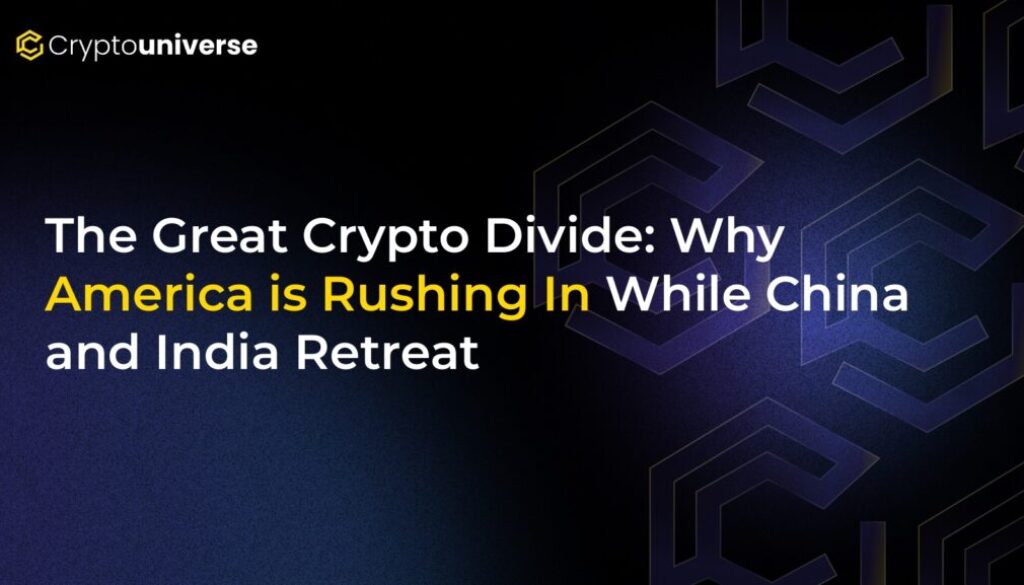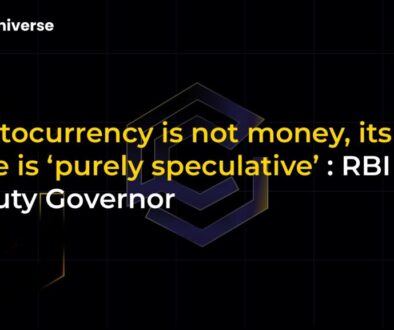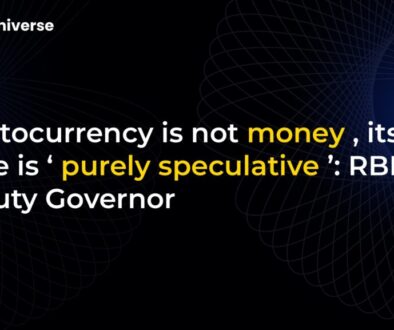The Great Crypto Divide: Why America is Rushing In While China and India Retreat

A New Global Fault Line: The Battle for the Future of Money
A new geopolitical struggle is underway, but it isn’t over land or resources. It’s a battle for the very future of money. On one side, nations like the United States are opening their arms to the world of digital assets. On the other, giants like China and India are building walls, driven by a deep-seated suspicion of borderless finance. This growing divergence is creating a new global fault line, highlighting a fundamental clash of ideologies where
The Eastern Clampdown: Control Over Chaos
In the East, the primary motivation for crypto regulation is control. Both China and India, despite their different political systems, view private cryptocurrencies as a potential threat to their economic sovereignty and stability.
China’s Great Firewall of Crypto
Beijing has taken the most extreme stance, implementing a complete, blanket ban on all things crypto. This wasn’t a sudden move but the culmination of a decade-long squeeze. The government has outlawed mining, trading, and even private ownership of tokens like Bitcoin and Ethereum. The reasons are threefold:
- Preventing Capital Flight: Analysts estimate that over $50 billion left China via crypto channels in just two years, a leak the government was determined to plug.
- Ensuring Financial Stability: The wild price swings of crypto were seen as a direct threat to household savings and the stability of the broader financial system.
- Maintaining Digital Sovereignty: Decentralized currencies directly challenge the Communist Party’s control. The ban clears the way for the state-controlled e-CNY, China’s official Central Bank Digital Currency (CBDC), to reign supreme.
India’s Cautious Tourniquet
New Delhi hasn’t gone as far as a total ban, but it has applied a tight fiscal tourniquet designed to stifle the market. The Indian government has imposed:
- A punitive 30% tax on all crypto gains.
- A 1% tax deducted at source (TDS) on every single trade.
The Reserve Bank of India (RBI), the country’s central bank, continues to advocate for an outright ban, warning that borderless money could undermine the sovereignty of the rupee and facilitate illicit financial flows.
The Western Frontier: America’s Crypto Gold Rush
Across the Pacific, the atmosphere couldn’t be more different. The United States is rapidly pivoting from a position of regulatory uncertainty to one of active embrace, with many politicians and entrepreneurs aiming to make the U.S. the undisputed “crypto capital of the world.”
From Regulatory Haze to a “Golden Age”
The shift in the U.S. is palpable. What was once a confusing and often hostile regulatory environment is now clearing up, with a pro-growth mindset taking hold. This new “golden age” for crypto is fueled by several factors:
- Widespread Adoption: Roughly one in six American adults already owns some form of cryptocurrency, a number that continues to grow.
- Wall Street’s Embrace: Major financial institutions are no longer on the sidelines. The approval of Bitcoin ETFs has opened the floodgates for institutional investment.
- Political Tailwinds: Key political figures, including former President Donald Trump, are championing digital assets, sensing a populist appeal and an opportunity for economic innovation. This has led to a flurry of pro-crypto bills at both state and federal levels.
- Mining Dominance: Following China’s ban, the U.S. has become the world’s leader in Bitcoin mining, securing a critical piece of the industry’s infrastructure.
The Core Debate: Promises vs. Perils
This geopolitical divide is rooted in a fundamental disagreement about the nature of cryptocurrency itself. Is it a tool for liberation and innovation, or a vehicle for crime and instability?
The Utopian Vision
Proponents argue that crypto offers three revolutionary benefits:
- Frictionless Payments: It can move value across borders in minutes, not days, cutting out slow and expensive banking intermediaries.
- Financial Inclusion: Anyone with a smartphone can access financial services, potentially banking the unbanked across the globe.
- Censorship Resistance: It provides a way for dissidents and activists in repressive regimes to raise and move funds beyond government control.
The Dystopian Reality
However, critics point to a darker side. The extreme volatility has wiped out fortunes overnight. Transaction fees on congested networks can sometimes rival traditional bank wires, and the energy consumption of proof-of-work blockchains remains a major concern. Most importantly, the same anonymity that protects activists also shields ransomware gangs, narco-traffickers, and money launderers.
The Final Frontier: A Battle Between State and Code
Ultimately, this is more than a regulatory dispute; it’s a philosophical one. Must money remain an instrument of the state, or can it be governed by code and consensus? China and India are betting on the former with their state-run CBDCs. The U.S., meanwhile, seems content to let private, dollar-backed stablecoins flourish under a regulatory framework. This strategy could inadvertently extend the U.S. dollar’s global dominance into the digital age.
The world is watching as these two opposing visions for finance play out. The path chosen by these global powers won’t just determine the future of Bitcoin—it will shape the flow of capital, power, and control for generations to come.


